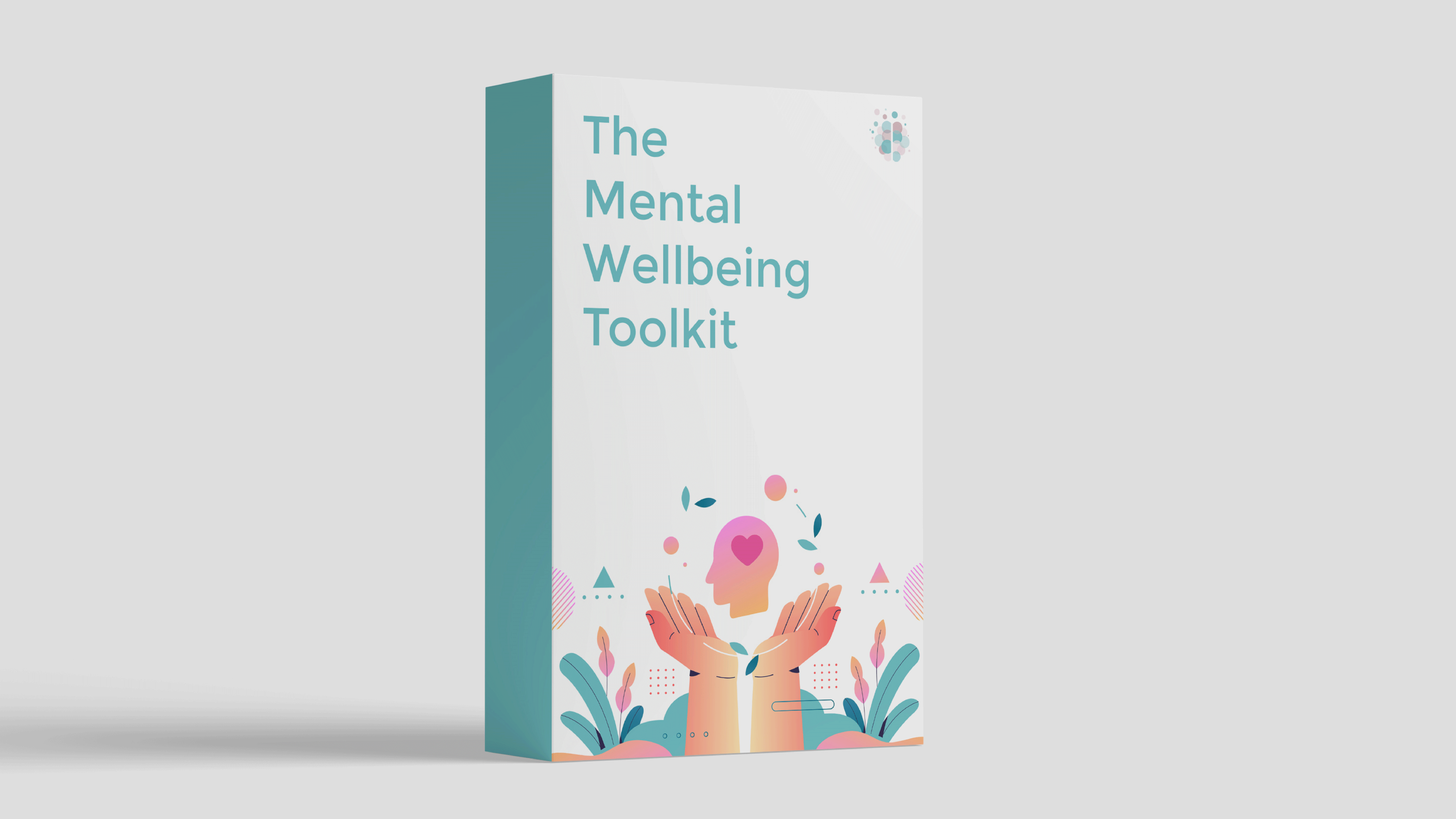What Are Boundaries?
Boundaries are limits or rules that you maintain in relationships with other people. The purpose of boundaries is to preserve your physical, emotional, and psychological safety.
What Types of Relationships Need Boundaries?
All types of relationships need boundaries!
That includes relationships with your co-workers, bosses, teachers, children, parents, extended family, friends, romantic and/or sexual partner(s), acquaintances, and strangers.
These factors will help determine how you go about setting boundaries in relationships:
- Type of relationship (personal vs. professional or distant)
- Depth of trust in the relationship
- Length of time known the person
- Previous trust violations in this specific relationship
- How the people involved have tried to amend harms done or damaged trust
- Personal preferences
- History of trauma
- If you’ve been hurt in the past, you may have stricter boundaries than others
- If very flexible boundaries have been modeled for you, they may feel more familiar and safe
9 Signs You May Need to Strengthen Boundaries With Someone:
- Feelings of irritation, anger or resentment towards them
- Frequently venting to others about them
- Wishing they would change or act differently
- Making special accommodations for them that you wouldn’t make for others
- Worrying frequently about how they perceive you
- Feelings of dread when you know you are going to talk to or see them
- A sinking or flip-flop feeling in your stomach around them
- Purposefully avoiding contact with them
- Daydreaming about them moving away or having a good reason not to have to see or talk to them
How to Set and Enforce Stronger Boundaries
Stronger boundaries may be overt or covert.
Covert boundaries aren’t explicitly stated, but are rather hinted at through actions. For example:
- Not initiating plans
- Calling less often
- Spending less time together
- Changing the subject when something you don’t want to discuss is brought up.
Covert boundaries can be helpful. However, if the person isn’t picking up on them, you may need to implement overt boundaries.
Overt boundaries involve explicitly stating what you are and are not okay with, and what will happen if the person violates your limits.
Some examples of covert boundaries include:
- “I won’t be answering any work emails after 7pm.”
- “I can only stay for an hour.”
- “I don’t feel comfortable talking about that at the moment.”
- “I need you to stop raising your voice at me when we’re arguing.”
- “I’m not lending you more money until you pay back what you owe me.”
- “I’m struggling with my mental health at the moment, so I’m unable to be your primary support system.”
- “Please stop making comments about my weight.”
- “I need you to tell me when you’ll be dropping by."
4 Tips for Setting Boundaries in Relationships
- Be as specific as possible. “Don’t yell insults at me,” is more powerful than, “Don’t talk to me that way.”
- Stay consistent and persistent. Don’t give up or give in.
- Be a broken record. State the same thing over, and over, and over!
- Let people know how you’ll react if they cross your boundaries. For instance, “If you continue yelling at me, I will hang up the phone.”
Can Boundaries Become More Flexible Over Time?
Absolutely! Boundaries becoming more flexible isn’t necessarily a bad thing. In fact, it can mean that you are feeling safer and developing more trust in a relationship.
Often, boundaries loosening up happens naturally. But if you are someone who has difficulty with opening up or being vulnerable, it may not ‘just happen.’ Read on to learn about the signs that you’re ready to make boundaries more flexible, and how to do so.
Signs That You May Be Ready to Make Boundaries More Flexible
- Doing so would be appropriate for the nature and context of the relationship
- Feeling safe with the person
- Trusting that they care about you
- A pattern of behavior that demonstrates they care (for instance, they check in on how you’re doing, are interested in your life, remember things about you, and go out of their way to help you)
- They are able to open up to you (if appropriate for the type of relationship)
- A desire to be closer to the person
How to Make Boundaries More Flexible
- Suggest spending more time together
- Offer and/or ask for help more often
- Talk to them about things that are harder for you to share with people
- Ask them deeper questions about themself
- Assess their reactions to your efforts to loosen up boundaries. If they say “yes” but seem uneasy or hesitant, you may need to back off or take it slower. On the other hand, if they seem relaxed or even enthusiastic about looser boundaries, you know you’re on the right track
Summary
Enforcing healthy boundaries can help you feel more satisfied with your relationships, as well as protecting your wellbeing. When it comes to setting boundaries in relationships, remember:
- It's okay - and expected - for boundaries to change
- Boundaries are different with different people, and that’s totally fine
- Other people cannot read your mind. Communicate!
- You can’t change other people’s behavior, but you can change your boundaries
- If other people don’t like your boundaries, you still have a right to set and enforce them
- A psychotherapist can help you assess and adjust boundaries in a way that is tailored to you
A Toolkit to Help You Improve Your Relationships
Our self-guided program includes tools from NVC, DBT, ACT and more, so you can discover what works best for you. Check out The Mental Wellbeing Toolkit today – it's "like 10 therapy sessions in one."

About Rebecca
Rebecca Ogle, LCSW, is a Licensed Clinical Social worker and therapist in Chicago, IL.Rebecca provides therapy to people with anxiety, low self-esteem, and people pleasing tendencies. She uses a feminist and social justice lens, and interventions based in CBT, mindfulness, and motivational interviewing.
For helpful, free content, follow her on Instagram or go to her website.



